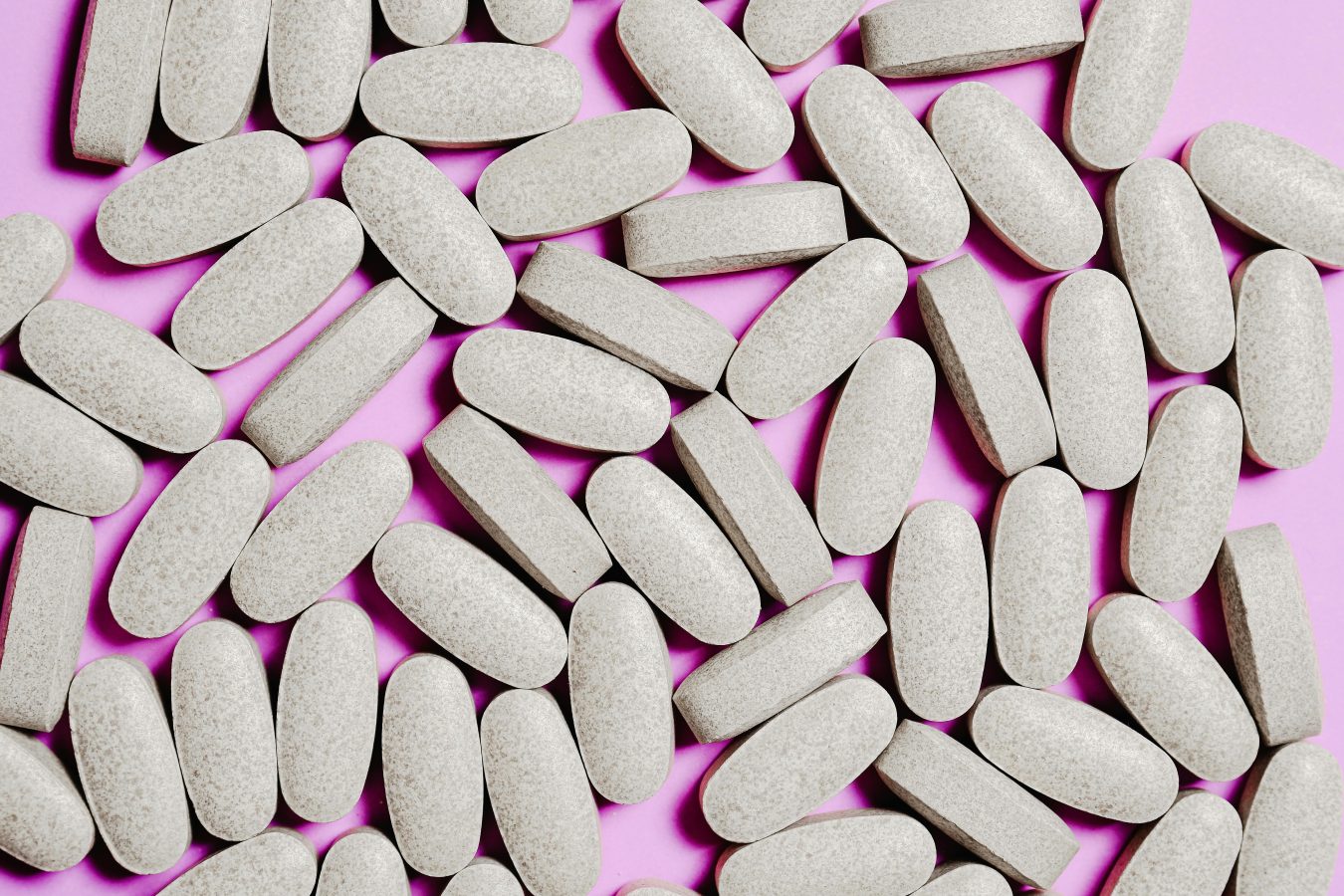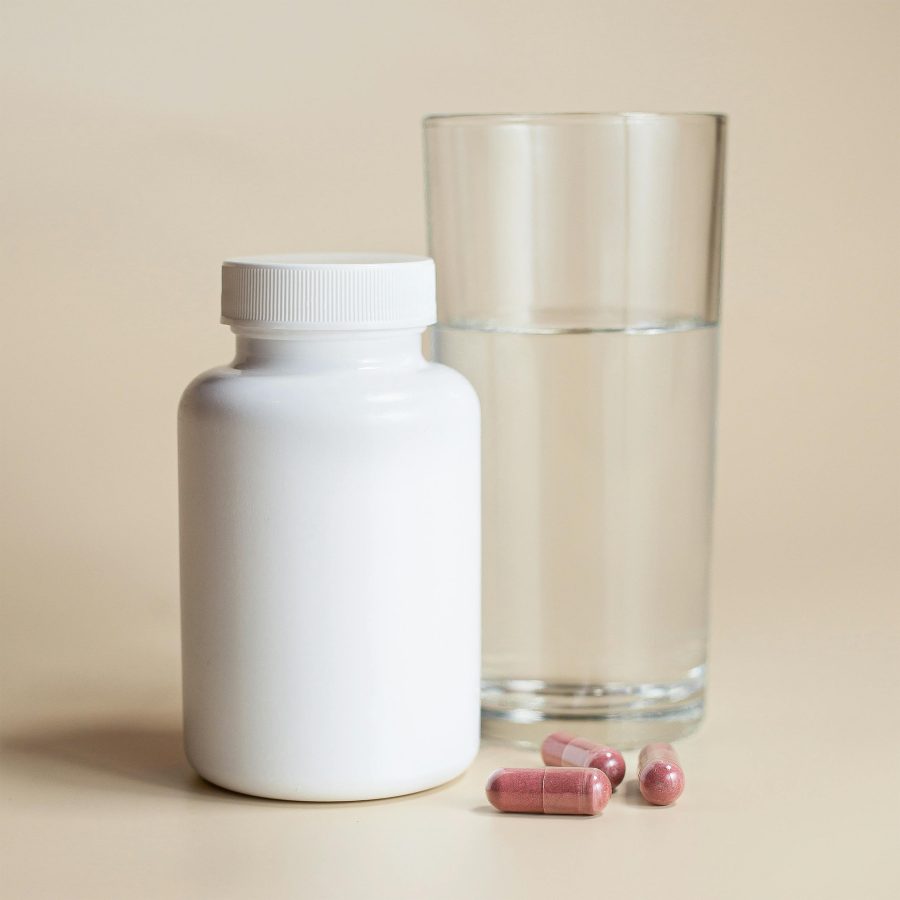Answer-Box
The most useful supplements for joint pain in knees after 40 support inflammation control, cartilage comfort, and basic nutrient status. They help most when paired with training, sleep, and supportive shoes.
- Cover the basics: omega-3 (EPA+DHA) and check vitamin D status.
- Trial curcumin or type-II collagen for 8–12 weeks and track results.
- Buy third-party tested products; review medications for interactions.
Sources: Mayo Clinic · Arthritis Foundation · PubMed
People often Google supplements for joint pain in knees after 40 the moment morning steps feel stiff or stairs start to bite. Supplements are not magic, yet the right choices can smooth daily movement and shorten recovery. Think of them as assistants for a plan that already includes activity, strength, and sleep. That steady mix reduces knee joint pain at 40, calms joint pain after 40 in other areas, and helps you avoid the loop of recurring knee problems after 40. If arthritis in your 40s is part of your history, better recovery also protects hips and lowers the risk of hip joint pain at 40.
What are the best supplements for joint pain in knees after 40?
Start with omega-3 fish oil and vitamin D (when low), then consider curcumin, type-II collagen, or a short trial of glucosamine and chondroitin.
Each category targets a different driver of knee discomfort. Omega-3s modulate inflammatory signals that amplify soreness after walking or long sitting. Vitamin D supports muscle function and bone health; many adults are low, especially in winter. Curcumin is the “stiffness helper” when absorption is optimized. Type-II collagen may support cartilage comfort over months, particularly when combined with consistent strength work. Glucosamine and chondroitin show mixed evidence; some people feel less grinding after a patient 12-week trial. The strategy is simple: test one change at a time, keep what clearly helps, and avoid stacking five bottles at once.
How do omega-3s help stiff knees after 40?
EPA and DHA can reduce inflammatory noise that makes everyday loading feel sharper than it should.
If you rarely eat salmon, sardines, or mackerel, 1–2 grams of combined EPA+DHA per day is a practical gap-filler. Many notice fewer “flare days,” easier warm-ups, and a calmer feel after errands. Choose products with clear EPA and DHA amounts and third-party testing. If you use anticoagulants or have bleeding risks, ask your clinician about dose and timing. Combine the supplement with two strength sessions per week; the pair works better than either alone.
Is vitamin D worth taking for knee joint pain at 40?
Yes—if your blood test shows you are low. Adequate vitamin D supports muscles, bones, and balance, which indirectly reduces strain on the knee.
Many adults spend most hours indoors and see levels drop over time. Low D can make everything feel heavier and slow recovery after activity. Get a test, follow a personalized dose, and recheck. Restoring D won’t erase pain overnight, but it removes a common drag on progress and makes other steps work better.
Can curcumin really ease inflammatory knee pain?
It can help some people, especially in high-bioavailability forms and when taken consistently with food.
Plain turmeric powder is poorly absorbed. Look for curcumin paired with piperine or formulated for enhanced absorption. Keep a simple diary for 8–12 weeks: minutes of morning stiffness, stair comfort, and end-of-day ache. If those metrics improve, keep going; if nothing changes, switch categories rather than stacking more capsules. Review safety if you take blood thinners or have gallbladder disease.
Where does type-II collagen fit in a real-world plan?
Type-II collagen may support cartilage comfort and everyday function when used daily for several months.
Think of collagen as background maintenance. People often pair it with simple lower-body strength: sit-to-stands, step-ups, wall sits, bridges, and short controlled squats to a chair. This combination improves tolerance to loading and supports long walks, chores, and travel days. Results are gradual; give it time.
Do glucosamine and chondroitin still make sense?
Sometimes. Evidence is mixed, but a focused 2–3 month trial is reasonable if budget allows and you prefer to try established options.
Pick a product with transparent dosing. Judge success by function: how easily you rise from low chairs, how far you walk before soreness climbs, and how the knee feels the next morning. If there is no change by week 12, stop and redeploy funds toward training shoes, a coaching session, or sleep upgrades.
What supportive nutrients should not be ignored?
Magnesium, adequate protein, calcium for low intake, and vitamin K2 create a stronger foundation for the knee.
Protein helps muscles act as active braces around the joint. Magnesium supports muscle relaxation and energy production. Calcium and K2 assist bone strength, which matters for load sharing across the leg. When the basics are strong, supplements aimed at symptoms have a better chance of working. If your appetite is light, add one protein-rich snack per day and a handful of nuts; small habits compound.
How do I build a simple daily stack without overthinking it?
Keep it light: AM omega-3; AM/PM curcumin; PM collagen; vitamin D per labs. That’s enough for most people.
Pair capsules with meals you never skip and set a 12-week review date on your calendar. Track three signals—morning stiffness minutes, stair comfort, and evening ache. If the trend line improves, you’ve found a fit. If not, simplify. Supplements for joint pain in knees after 40 work best when your routine stays small and consistent.
What side effects or interactions should I watch for?
Fish oil may increase bleeding risk. Curcumin and glucosamine can interact with certain medications or conditions.
If you take anticoagulants, diabetes meds, or have GI sensitivity, discuss dose and timing with a clinician. Start low and go slow. Stop any product that causes rashes, reflux, or headaches and reassess. When swelling, redness, heat, locking, fever, or true instability appear, see a professional. Our guide on when to see a doctor explains red flags clearly.
How do supplements combine with training for better knee comfort?
Supplements support recovery and consistency, but movement is the engine that changes how knees feel.
Use a repeatable week: three 25–30-minute low-impact cardio sessions (bike, brisk walk), two strength days for quads and glutes, and brief mobility most evenings. Add shoes with a stable heel and cushioned midsole. This rhythm reduces joint pain after 40, prevents re-flares, and limits compensations that can aggravate hips during long days.
Can food reduce the need for supplements?
Often yes. A Mediterranean-style pattern provides many of the same benefits you want from pills.
Build plates around vegetables, legumes, whole grains, nuts, olive oil, and fish; keep ultra-processed snacks occasional. Food supplies fiber and polyphenols that capsules can’t match. Then place supplements where your diet or lab work shows clear gaps. This approach keeps costs sensible and supports long-term health, not just knee comfort.
How much does a realistic joint-support plan cost per month?
A tight stack is affordable; the trick is to avoid buying five things at once.
Use this rough guide to plan:
| Supplement | Typical daily dose | Approx. monthly cost |
|---|---|---|
| Omega-3 (EPA+DHA) | 1–2 g combined | Low–moderate |
| Curcumin (bioavailable) | 500–1,000 mg | Moderate |
| Type-II collagen | As labeled | Low–moderate |
| Vitamin D (if low) | Per labs | Low |
When should I stop a supplement and re-evaluate?
Stop if side effects appear, your clinician advises, or there is no change after 8–12 weeks.
Switch categories—say, from glucosamine to collagen—or reinvest in better footwear, coaching, or sleep. If swelling, warmth, or locking shows up, diagnostics come first. Supplements are tools, not replacements for assessment.

How do I track whether supplements actually help?
Use a tiny diary and measure what matters in daily life—stiffness minutes, stair comfort, and evening ache.
Log those three scores most days, then review trends at week 4, week 8, and week 12. If the line slopes down, continue. If the line is flat, simplify or switch categories. This data-first habit prevents impulsive shopping and keeps your routine lean. It also makes conversations with a clinician faster and more precise.

Final Thoughts
Supplements for joint pain in knees after 40 are helpers, not heroes. Choose one or two, pair them with movement, keep a brief diary, and reassess after twelve weeks. That calm, repeatable approach outperforms quick fixes and helps you enjoy stairs, long walks, and busy days again.
FAQ
How long until supplements help?
Most need 8–12 weeks. Track stiffness minutes, stair comfort, and evening ache to judge progress.
Can I take omega-3 and curcumin together?
Many adults do. Take with food, check medications for interactions, and stop if side effects occur.
Do I still need exercise if supplements help?
Yes. Movement and strength remain the foundation; supplements make the plan easier to follow.
Related Articles
- Knee Joint Pain at 40
- Best Exercises for Knee Joint Pain at 40
- How to Prevent Knee Joint Pain After 40
CTA
Ready to act today? Pick one option from this guide, follow our exercise plan, and revisit your notes at 12 weeks. If symptoms persist or worsen, see the doctor checklist and adjust your plan with a clinician.

